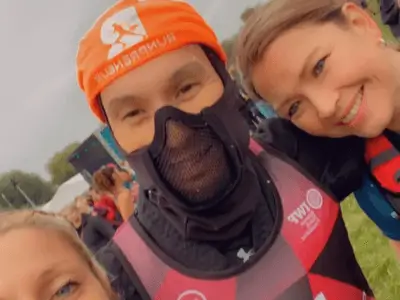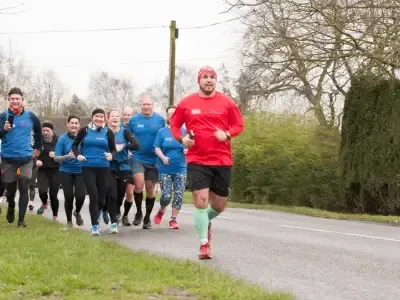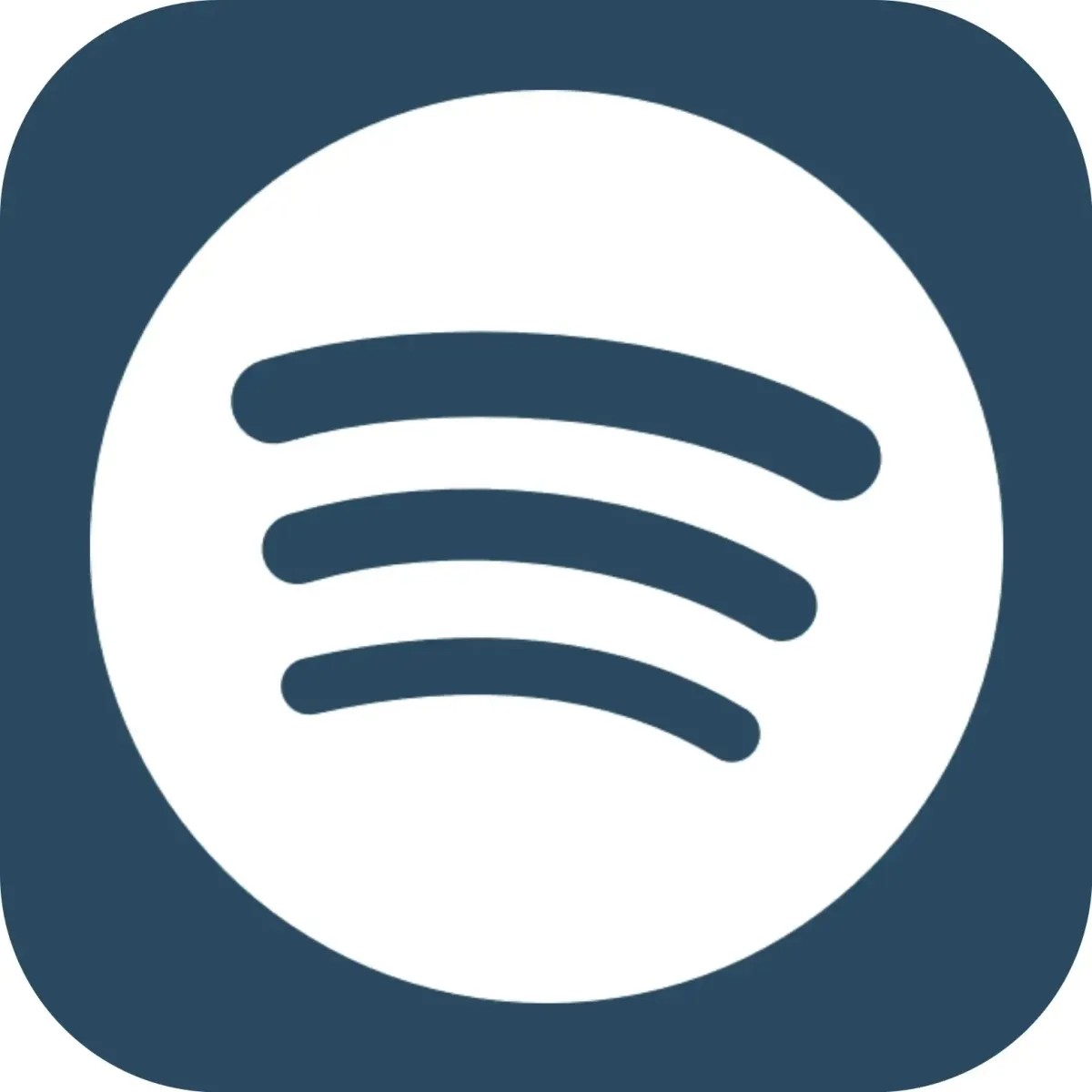Runpreneur Journey Blog
Embark on an extraordinary journey with the Runpreneur community. Discover inspiring stories, insider tips, and the transformative power of our global challenge. From first-time runners to seasoned athletes, our blog captures the essence of the Runpreneur movement, inspiring others to join the cause.

When It Comes to Big Races, Testing Truly Matters: Lessons from a Marathon Diary
When It Comes to Big Races, Testing Truly Matters: Lessons from a Marathon Diary
Preparing for a marathon or ultramarathon is not just about clocking up the miles. As highlights in Episode 1783 of my Runpreneur series, the importance of test or trial runs cannot be overstated if you want to avoid painful surprises and set yourself up for success on race day.
Why Are Trial Runs So Important?
Most training plans for marathons and ultras span from 12 to 16 weeks (sometimes less for more seasoned runners), with long runs to familiarise you with the distances. But it’s about much more than distance, it’s about replicating the full race experience. Too many runners, even experienced ones, make the mistake of introducing new kit or nutrition on race day, only to suffer from chafing, blistering, or fuelling disasters that could easily have been avoided.
What Should You Be Testing?
Here are some elements I recommend testing before your big event:
Fuel and hydration: Sort out your carb-loading, on-the-run fuelling, and hydration strategies. Use your training runs to see how your stomach handles gels, drinks, or snacks.
Running clothing: Check everything from your shorts to your hat, sunglasses, and compression gear. Something as minor as the wrong pair of socks can spell disaster.
Support accessories: Experiment with supportive kit like tape, sleeves, belts, and even anti-chafe products such as Vaseline or Body Glide.
Footwear and blister prevention: This one hits home for barefoot-style running. With recurring blister problems, he’s been trialling new shoes and silicone strips over previous problem spots. The aim? Finish a 14-mile trial run with feet as fresh as when he started, providing confidence for the full marathon to come.
The Ultimate Marathon Test:
Success in my upcoming Manchester Marathon is about finishing blister-free—time goals come second. If I can avoid blister complications in my 14-mile trial run, I’ll have the confidence to push for a faster time in later races. As I put it, “If you don’t test everything, you’re missing a massive trick.”
Takeaway for Aspiring Racers:
Whether you’re new to marathons or chasing a personal best, never show up on race day with untested kit or strategies. Replicate your full race setup, right down to anti-chafe products and nutrition, during your long training runs. This approach will ensure there are no unpleasant surprises to take you out of your rhythm—or worse, out of the race entirely.
Remember: test, test, test—anything you plan to use on race day. It could be the difference between achieving your goal and falling short.
Stay positive, stay happy, and best of luck in your next race!

Kevin's 40,075km Challenge: Raising £1 Million for Children
Meet Kevin, a dedicated Runpreneur who embarked on an extraordinary journey to raise £1 million for children in need. Over the course of his 40,075km challenge, Kevin's unwavering determination and passion inspired thousands to join the Runpreneur movement.

Runpreneur Vlogging: Capturing Kevin's Journey
Experience the Runpreneur challenge through the lens of Kevin's video diary. Witness his ups and downs, the camaraderie of the community, and the transformative power of running for a cause. Dive into the visual stories that capture the essence of the Runpreneur movement.

Empowering Children, One Step at a Time
As Kevin logged every kilometre of his 40,075km challenge, the true purpose behind his journey came into focus. Each step, each bead of sweat, fuelled essential healthcare, education, and nutrition programs for children in need around the world.

The Transformative 4x4x48 Challenge
Experience the thrill and personal growth of our iconic 48-hour running event. Witness the determination and resilience of Runpreneurs as they push their limits, one mile at a time.

Runpreneur Vlogging: Capturing the Journey
Dive into the visual stories of our Runpreneurs as they document their experiences through engaging video logs. Witness the challenges, triumphs, and moments of camaraderie that define the Runpreneur spirit.





















